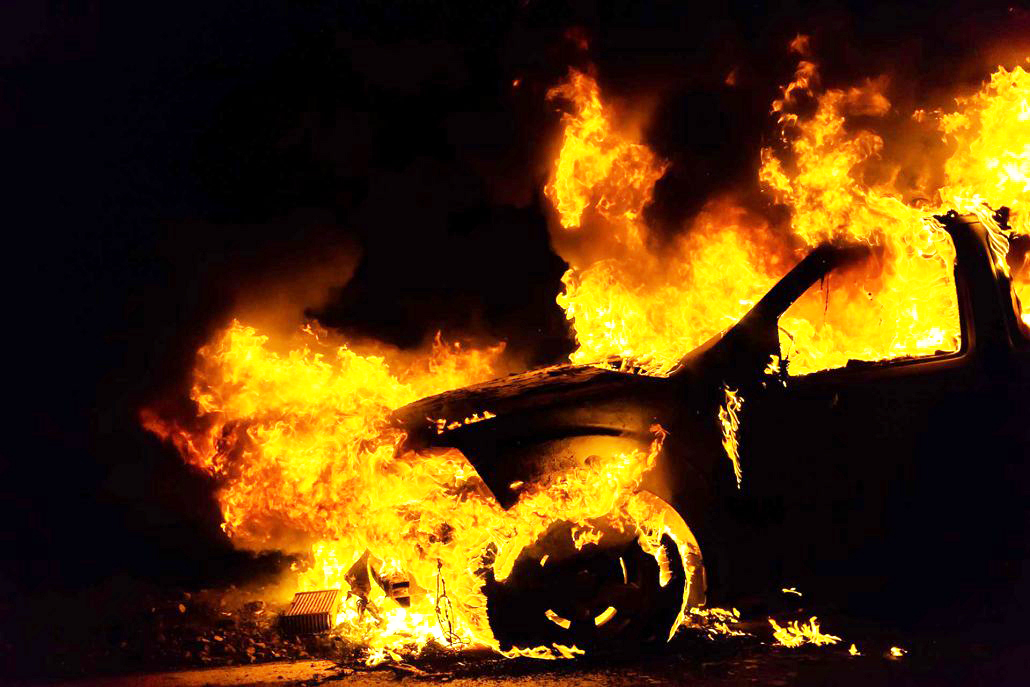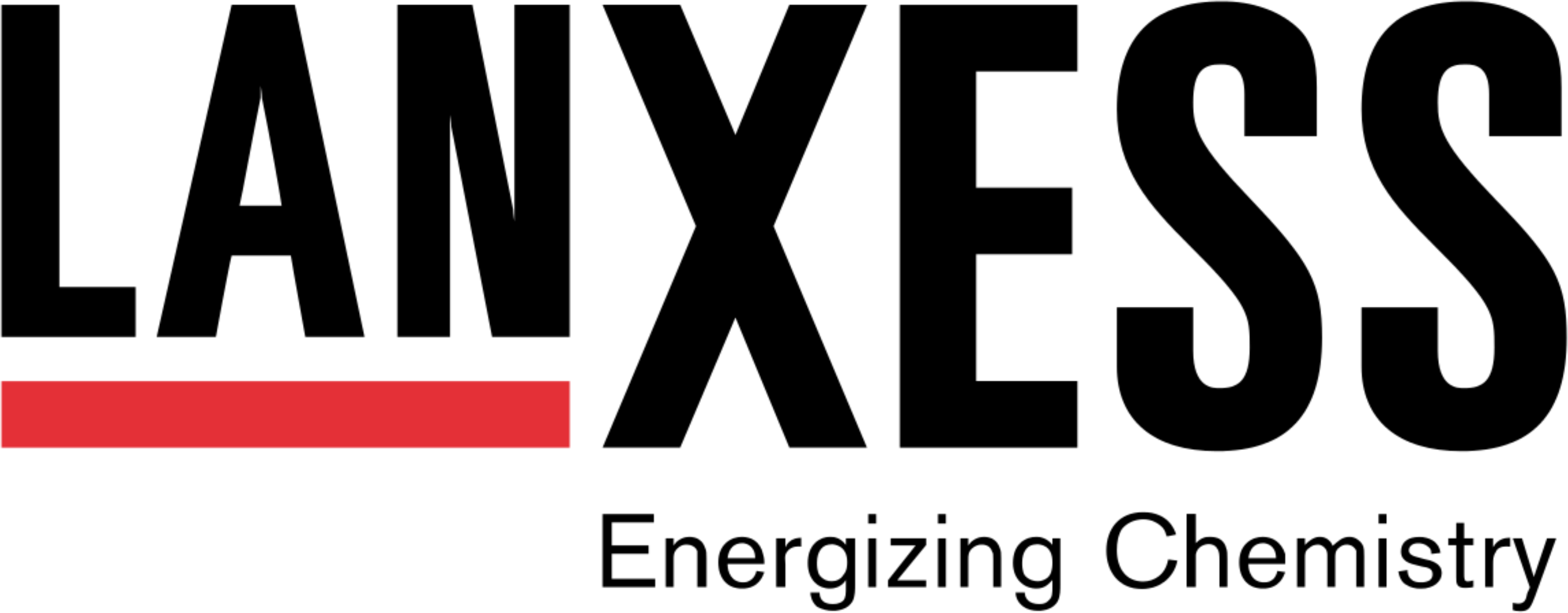
It’s a stressful moment for drivers when suddenly thick, black smoke billows up from the hood. But usually there’s no reason to panic. Car manufacturers have long ensured that a small fire, even one on the interior, doesn’t burst into a full-blow blaze. Typically it takes several minutes for an entire car to go up in flames. That’s generally enough time for driver and passengers to get out safely.
All this is made possible by chemical flame retardants in materials, which inhibit or delay the combustion process. They can be found in plastics such as polyurethanes, that car manufacturers use for the seat upholstery, roof lining, rear window shelf and side trim panels. A reliable partner for such applications is LANXESS, in particular its Disflamoll® and Levagard® products. They ensure car manufactures can comply with the horizontal burning rate norm. The global standard for the interiors of cars and busses makes sure a fire spreads horizontally at a maximum rate of 102 millimeters per minute.
So how does it work? In case of fire, the flame retardant forms a protective carbon layer on the material. This prevents oxygen and warmth from penetrating the lower layers of the material and keeps the flame from spreading. Ideally, the retardants ‘self-extinguish’ and the fire smothers itself, an effect that, if needed, can save lives.
LANXESS is a leading specialty chemicals company with sales of EUR 6.8 billion in 2019. The company currently has about 14,400 employees in 33 countries. The core business of LANXESS is the development, manufacturing and marketing of chemical intermediates, additives, specialty chemicals and plastics. LANXESS is listed in the leading sustainability indices Dow Jones Sustainability Index (DJSI World and Europe) and FTSE4Good.
